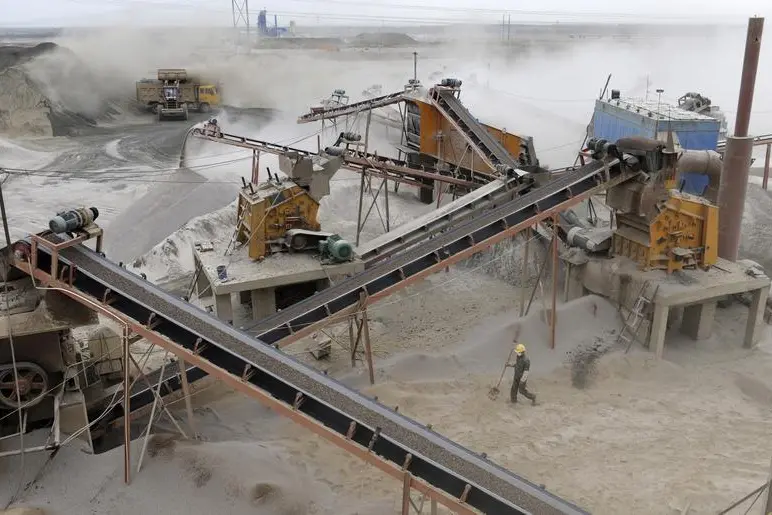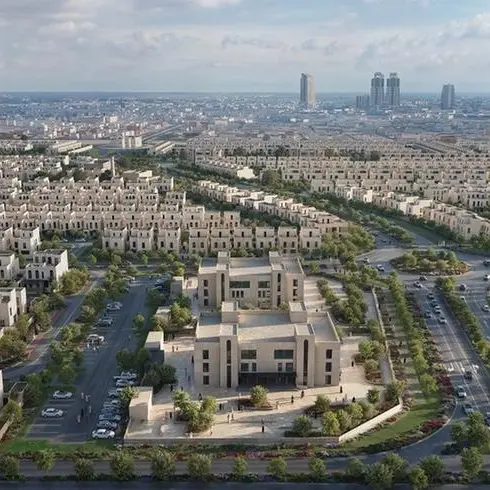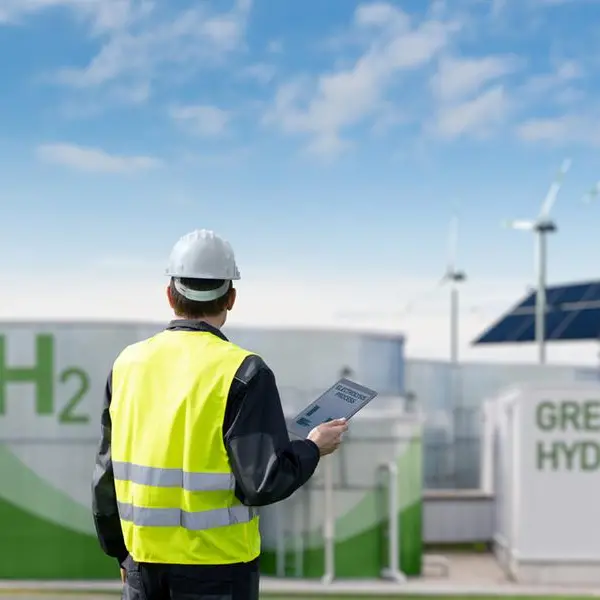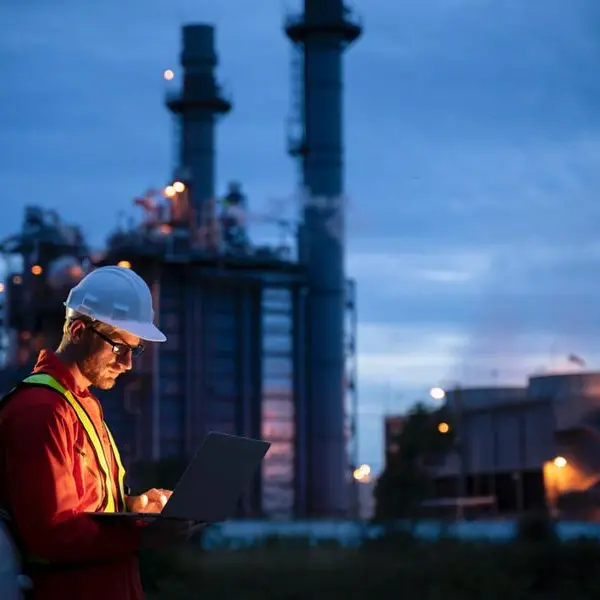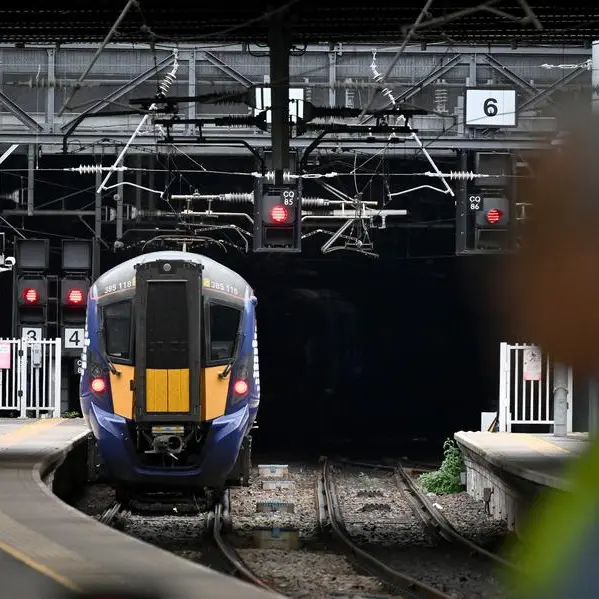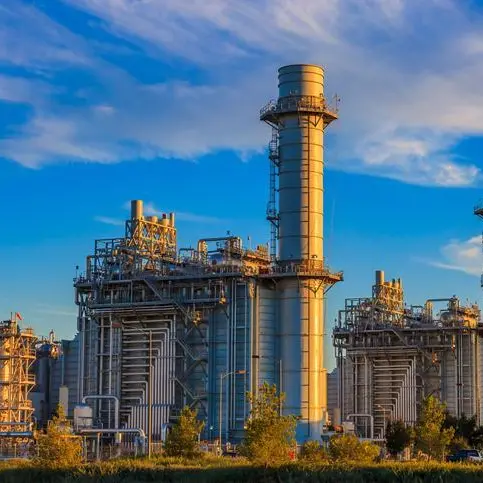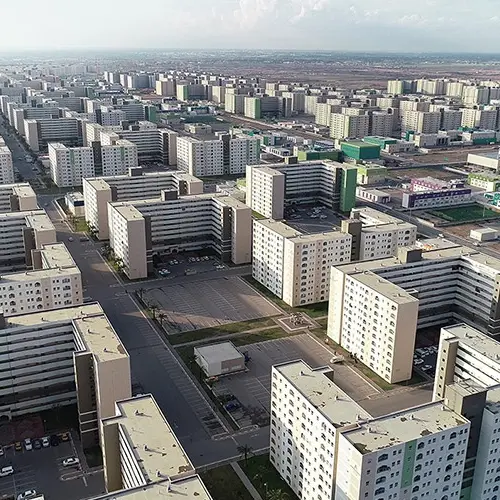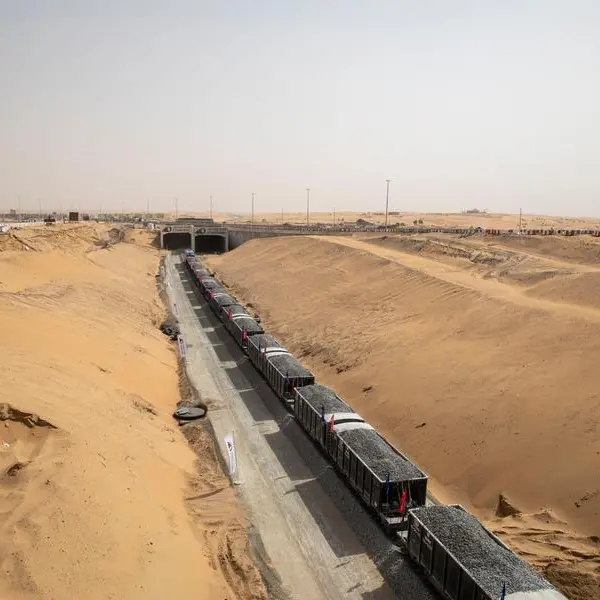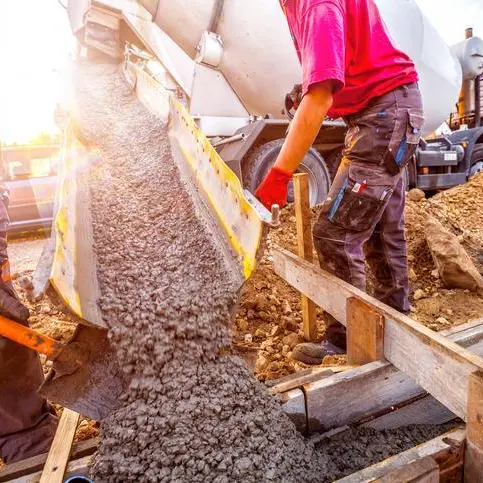PHOTO
In an exclusive interview with Muscat Daily, Eng Salem bin Abdulah al Hajri, CEO of Oman Cement Company (OCC) talks about the challenges and opportunities going forward. He said they have completed the feasibility study for the proposed new cement plant in Duqm through a joint-venture and are now reviewing the study to decide on future course of action.
Oman Cement Company is a very well known brand across the sultanate, so what prompted you to go for the re-branding exercise?
Oman Cement has completed 40 years of its existence in the country. Since its establishment, OCC logo has not been changed. So the present change in the logo is a part of our effort to showcase company’s commitment to innovation, changing businesses environment, and is also an exercise aimed at boosting the marketing strategy.
We thought that it is really the time to change branding and should do with a new logo, which can present Oman Cement in a better way. The new logo gives a three-dimensional look, shows company’s strength and presents future outlook of the company. Moreover, the new logo also gives a feel of our cutting edge technology in cement production. So, basically this exercise is about putting something new in the market.
Earlier, OCC had announced plans for setting up a cement manufacturing plant in Duqm, but there is no update since then, Can you tell us at what stage things are in?
Duqm project is still under the review. We have recently completed the feasibility study, and now we are reviewing the study for future course of action. Though we have announced a partnership with Raysut Cement for jointly setting up the manufacturing plant there, only in a few weeks’ time, we would know whether we are going ahead with other partners or with Raysut. Ofcourse there are some big challenges for setting up a large cement manufacturing plant there. But all I can say is that many things are yet to be decided.
Duqm is considered as a success story, many developments are taking place. Can you tell us more about the challenges you are foreseeing?
First of all, I would like to make it clear that we are not looking at Duqm only. As a country, entire Oman is in need of cement, there is a shortfall in supplies. One of the most important issues in setting up a plant there is that Duqm is still under development, so demand there is not enough to support a plant. Moreover, transporting cement from Duqm to other parts of the country is also very costly. As cement being a heavy commodity, and sending it to other parts of Oman through inland routes means transportation cost would be significant. So, we have to look at these issues before deciding about setting up a plant there.
What prompted you to explore Duqm as a location for second plant, you could have expanded the existing plant or look at some other location near Muscat?
I think Duqm is still the right place for putting a new cement plant for the time being because the existing plant here in Rusyail area, we cannot expand anymore because of some limitations especially with the fuel and area. Duqm of course has a steady supply of all the necessary raw materials including natural gas, which is the biggest bottleneck here in Muscat.
Moreover Duqm, has certain other advantages, it is very near the mining areas where lots of minerals necessary to produce raw material for cement is available. Expansion of the port facility is also taking place there, which means cement produced from Duqm can mainly be used for exports. Its proximity to Africa and India, two regions with highest growth in population and demand, could mean there is a huge potential for exporting cement to these countries.
If you see Oman Cement’s plant in Muscat, you will find that it is very difficult to export as it is not close to a port. You have to transport cement first to Sohar port, which necessarily means increase in freight cost. That is why we were exploring Duqm as a viable option.
Are you worried about future demand outlook as the government is curtailing expenditure, which means new construction projects are not taking off and that effectively means lower demand for cement going forward?
Cement producers like us knew that this downturn is part of an economical cycle. So one can find this sort of recession coming in every ten years or so. I think we are passing through the low-end of that economic cycle and we are very optimistic about the future. We believe that this low-end phase will end soon. Going forward, improvement in economic cycles, and increasing attractiveness for Oman for foreign investors mean investment will again kick off. We expect things to improve significantly in near future.
What are your views about the other major issue - the challenge imposed by the import of cheaper cements from the UAE, where capacities are bigger and due to larger scale of production their output cost is also much lower?
This is definitely a big concern for us. You must be aware that every country or every industry has its own way of producing and cost management. Like in Oman, we are focusing more on adding value inside the country through Omanisation and other such initiatives, which results in higher cost and that plays a major role when we are competing against cheaper imports. The challenge is there, but we are facing it, and we are not doing bad. Our quality is still high, we haven’t compromised anything on that and we feel that sooner or later, it will be normalised again. We may need encouragement by way of prioritising usage of local products for government purchases or for government financed projects rather than asking for imposing tariffs on imports from the UAE.
© Apex Press and Publishing Provided by SyndiGate Media Inc. (Syndigate.info).
